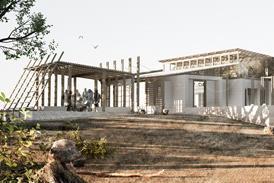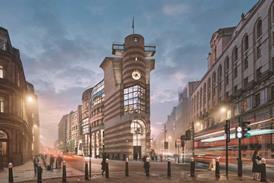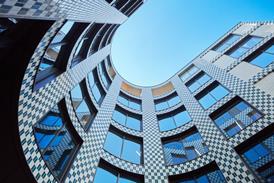- Home
- Intelligence for Architects
- Subscribe
- Jobs
- Events

2025 events calendar Explore now 
Keep up to date
Find out more
- Programmes
- CPD
- More from navigation items
In pictures: dRMM’s mixed-use industrial and residential scheme in Hackney Wick

The east London development brings together 175 homes and 2,250m2 of light industrial workspace as part of a wider regeneration strategy backed by the LLDC
A mixed-use industrial and residential scheme by dRMM in Hackney Wick brings together 175 homes and 2,250m2 of light industrial and creative workspace. The Wick Lane development forms part of a broader regeneration programme supported by the London Legacy Development Corporation (LLDC), which aims to retain employment space while delivering new housing.
The project, delivered for Taylor Wimpey, is situated between Strategic Industrial Land to the south and the Fish Island Conservation Area to the north.
According to dRMM, the design seeks to avoid a conventional “beds above sheds” model, instead proposing a co-location strategy in which commercial and residential uses are integrated across the site.
…
This content is available to registered users | Already registered?Login here
You are not currently logged in.
To continue reading this story, sign up for free guest access
Existing Subscriber? LOGIN
REGISTER for free access on selected stories and sign up for email alerts. You get:
- Up to the minute architecture news from around the UK
- Breaking, daily and weekly e-newsletters
Subscribe to Building Design and you will benefit from:

- Unlimited news
- Reviews of the latest buildings from all corners of the world
- Technical studies
- Full access to all our online archives
- PLUS you will receive a digital copy of WA100 worth over £45
Subscribe now for unlimited access.






